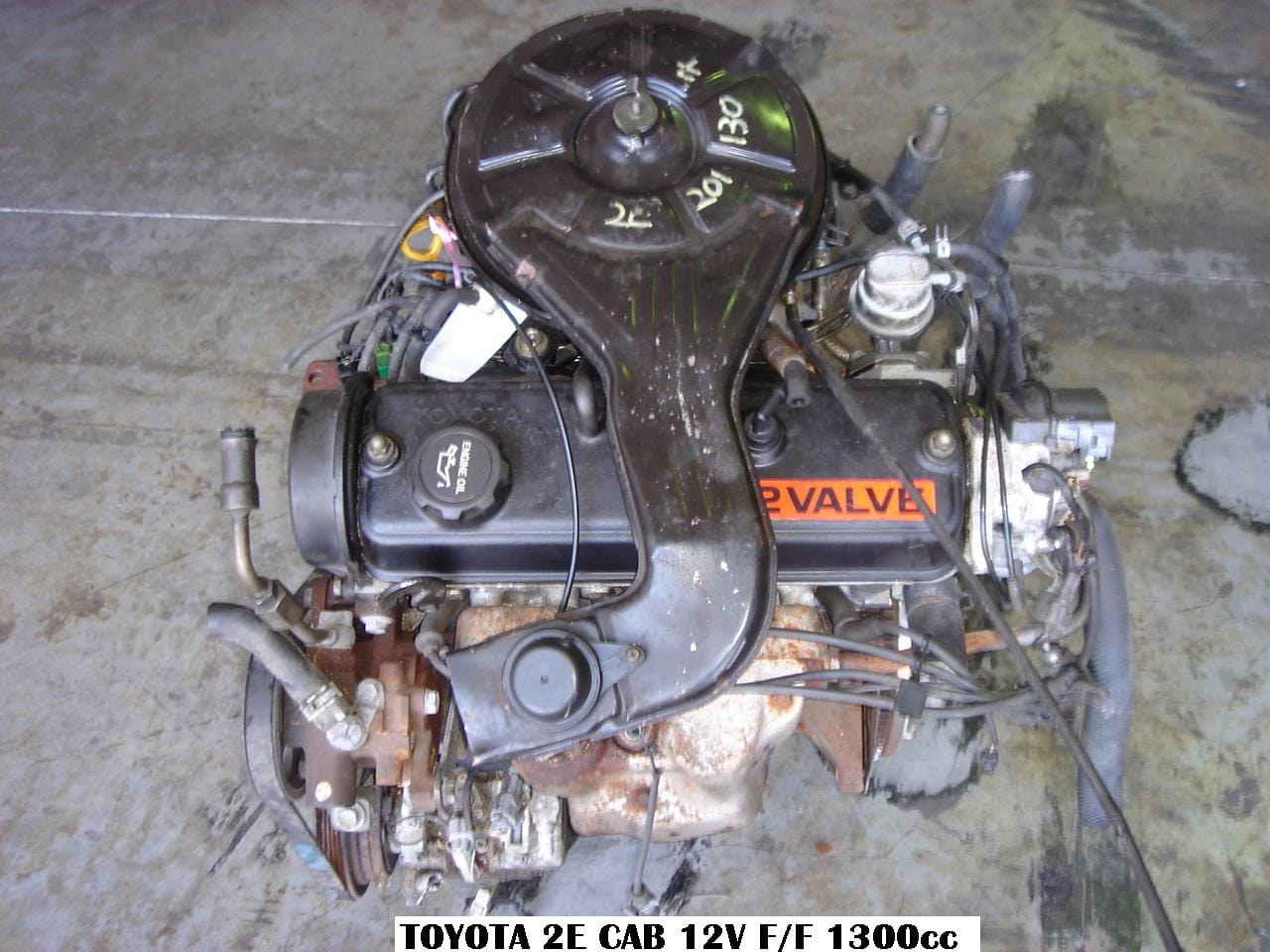Toyota Tazz: Understanding Its Popularity in the Used Car Market
Toyota Tazz: Understanding Its Popularity in the Used Car Market
Blog Article
Explore the most up to date Fads in Engine Technology Through Tazz
In the quickly developing landscape of automobile technology, Tazz stands at the center, highlighting substantial improvements in engine systems that prioritize both development and sustainability. From hybrid engines that maximize gas effectiveness to the development of hydrogen fuel cells, the fads forming contemporary powertrains are not only enhancing efficiency however also resolving important environmental challenges.
Crossbreed Engine Innovations
Hybrid engine innovations represent an essential shift in auto modern technology, integrating the advantages of interior combustion engines with electrical propulsion systems. This combination not just improves fuel performance however also lowers discharges, conference progressively stringent ecological policies. By making use of both energy sources, hybrid engines can maximize efficiency, supplying power when needed while preserving fuel throughout less requiring motoring conditions.
Current developments in crossbreed technology consist of renovations in battery effectiveness and regenerative stopping systems. These innovations permit greater power recuperation during deceleration, which can be rerouted to assist in acceleration or power accessory systems. Furthermore, producers are concentrating on lightweight materials and small layouts to take full advantage of the performance of hybrid powertrains.
The advancement of plug-in crossbreeds has actually additionally expanded the market, enabling chauffeurs to charge their automobiles making use of standard electrical outlets. This feature frequently enables significant all-electric range, additional reducing reliance on conventional fuels. tazz. As the vehicle market remains to progress, hybrid engine innovations are expected to play a crucial duty in linking the void in between traditional automobiles and completely electric models, offering a transitional service that accommodates varied customer requirements and choices
Developments in Electric Powertrains
The vehicle landscape is quickly developing, with electric powertrains becoming a leading force in lasting transport. Advancements in electric vehicle (EV) modern technology are dramatically boosting individual, performance, and efficiency experience. Key innovations consist of enhancements in battery chemistry, which have increased power density, reduced billing times, and prolonged overall battery life.
Solid-state batteries, for instance, promise to change the market by providing better security and efficiency contrasted to traditional lithium-ion cells. In addition, innovations in regenerative braking systems are making it possible for automobiles to recover power during deceleration, adding to overall performance.
In enhancement to battery modern technology, electrical motor styles are coming to be a lot more sophisticated. Advancements such as incorporated motors and progressed thermal administration systems are aiding to maximize power distribution and minimize weight, eventually improving automobile dynamics.

Collectively, these developments underscore the commitment to transition towards cleaner, more efficient transportation solutions, placing electrical powertrains at the leading edge of automobile development.
The Increase of Hydrogen Fuel Cells
Increasingly, hydrogen gas cells are obtaining grip as a practical alternative to traditional inner burning engines and battery electric cars. This technology uses the chemical power kept in hydrogen, converting it right into electrical energy with an electrochemical get more reaction with oxygen. The key by-product of this process is water, making hydrogen gas cells an ecologically friendly alternative with no emissions at the tailpipe.

Car manufacturers are significantly purchasing hydrogen fuel cell innovation, identifying its possibility for long-range applications and rapid refueling capabilities that equal traditional gas. In addition, sectors such as heavy-duty transport and public transit are especially appropriate for hydrogen gas cells, where battery electrical remedies might fail as a result of weight and range limitations.
As research and investment remain to expand, hydrogen fuel cells are poised to play a significant role in the future landscape of clean transportation and energy solutions.
Enhancements in Internal Combustion Engines
Technologies in inner burning engine (ICE) innovation are transforming standard cars to satisfy contemporary ecological standards and efficiency assumptions. Straight gas shot, for instance, permits for far better atomization of fuel, leading to even more full combustion and enhanced power result.
Furthermore, turbocharging has obtained importance, allowing smaller sized engines to deliver greater performance without the weight of bigger engines - tazz. This technology not just increases performance however also adds to lower fuel consumption. Variable valve timing systems are additionally being fine-tuned, making it possible for engines to adapt to numerous driving conditions for boosted torque and responsiveness
Furthermore, using lightweight products in engine construction is coming to be basic, more enhancing gas efficiency by minimizing total car weight. Engine control systems (ECUs) are increasingly advanced, making it possible for real-time adjustments that enhance efficiency and exhausts.
These enhancements collectively indicate a pivotal shift in ICE modern technology, aligning with global sustainability goals while still giving the performance chauffeurs anticipate from their lorries. As the industry develops, these enhancements proceed to form the future of traditional automobile engineering.
Future Patterns in Engine Performance
Substantial advancements in engine efficiency are expected as makers concentrate on incorporating sophisticated technologies to meet stringent environmental policies and consumer demands. The shift towards electrification, hybrid systems, and alternative fuels is improving the automotive landscape, driving innovations that enhance fuel economy and reduce emissions.
Among the vital fads is the execution of innovative products and producing methods. Lightweight composites and high-strength alloys add to minimized car weight, thus improving overall performance. In addition, the fostering of turbocharging and variable valve timing technologies permits boosted power result from smaller engines, even more enhancing gas economic climate.

Final Thought
To conclude, the exploration of engine technology exposes considerable improvements that focus on sustainability and effectiveness. Technologies in crossbreed engine systems, electric powertrains, and hydrogen fuel cells demonstrate a commitment to reducing emissions while enhancing efficiency. Moreover, improvements in interior burning engines and a concentrate on lightweight products contribute to general engine performance. As the automobile sector remains to browse around these guys evolve, these fads will certainly play an important duty fit a cleaner and more sustainable future for transport.
From crossbreed engines that optimize fuel efficiency to the development of hydrogen fuel cells, the patterns shaping contemporary powertrains are not only improving performance however likewise attending to essential ecological obstacles.Crossbreed engine technologies stand for a crucial change in vehicle modern technology, incorporating the advantages of interior combustion engines with electric propulsion systems.Additionally, turbocharging has actually obtained prestige, permitting smaller sized engines to provide higher performance without the weight of bigger engines. In addition, the fostering of turbocharging and variable valve timing technologies allows for boosted power result from smaller engines, even more enhancing gas economic situation.
Enhancements in interior combustion engines and an emphasis on light-weight materials add to general engine effectiveness.
Report this page